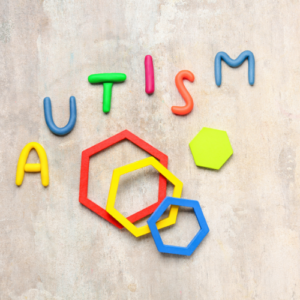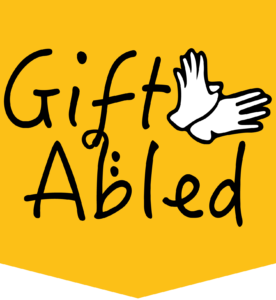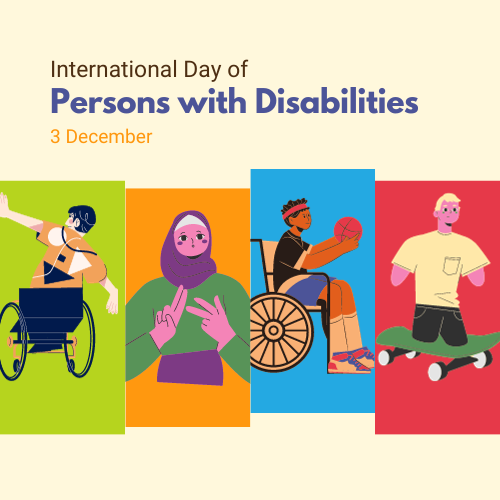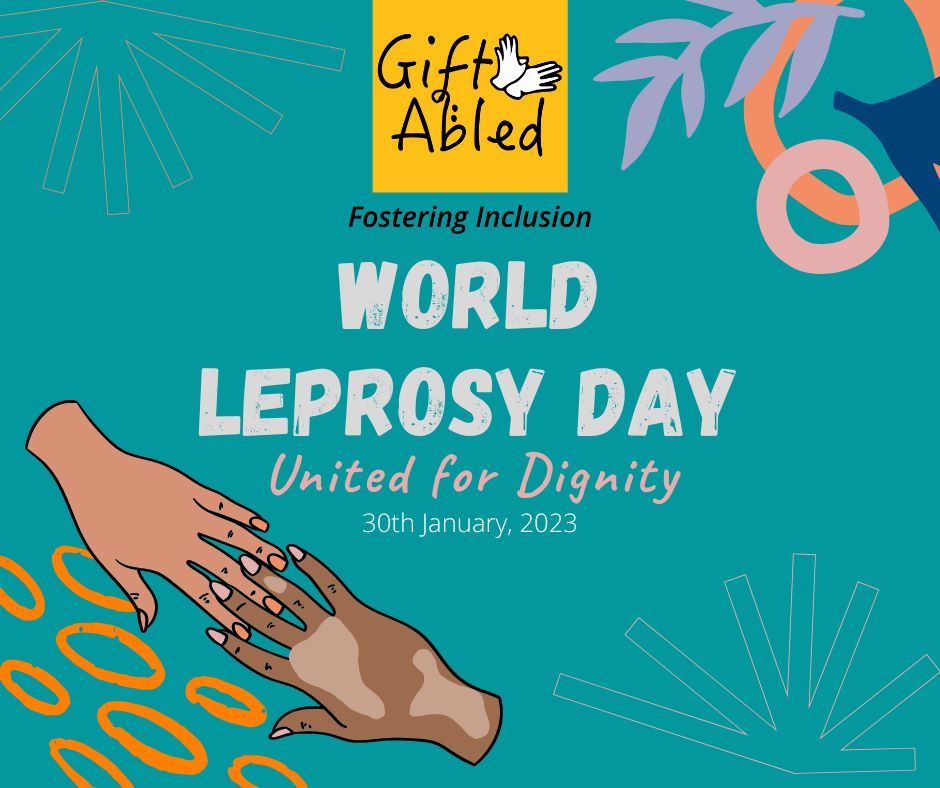
Understanding Autism: Effective Behavior and Communication Strategies
Autism Spectrum Disorder (ASD) is a complex neurodevelopmental condition that affects
individuals differently, impacting their behavior and communication skills. Employing effective
strategies tailored to each person’s unique needs can significantly enhance their quality of life and foster better understanding and inclusion within society.
Behavior Strategies:Visual Supports: Visual aids such as schedules, charts, and pictures can
help individuals with autism comprehend and anticipate daily activities, reducing anxiety and
promoting independence.
Structured Environment: Establishing predictable routines and clear expectations can provide a sense of security and stability for individuals with autism, minimizing disruptive behaviors.
Positive Reinforcement: Encouraging desired behaviors through praise, rewards, or tokens can motivate individuals with autism to engage in socially appropriate actions and activities.
Sensory Regulation: Recognizing and addressing sensory sensitivities can mitigate sensory overload and meltdowns. Providing sensory-friendly environments and tools like noise-canceling headphones or weighted blankets can offer relief.
Clear Communication: Using simple, concrete language and visual cues while minimizing abstract concepts can enhance comprehension and facilitate effective communication.
Communication Strategies: Augmentative and Alternative Communication (AAC): For non-verbal or minimally verbal individuals, AAC tools such as picture boards, communication apps, or sign language can empower them to express their thoughts, needs, and emotions.
Social Stories: Creating personalized narratives that outline social situations and appropriate responses can help individuals with autism navigate social interactions and understand social cues.
Prompting and Modeling: Providing prompts, gestures, or demonstrations to facilitate communication can assist individuals with autism in initiating and maintaining conversations or interactions.
Active Listening: Practicing active listening by giving ample time for responses, validating feelings, and using reflective statements can foster trust and communication between individuals with autism and their peers or caregivers.
Visual Schedules: Utilizing visual schedules not only aids in organizing tasks but also serves as a communication tool, enabling individuals with autism to anticipate transitions and communicate their preferences or concerns.
By implementing these behavior and communication strategies, we can create supportive environments that cater to the unique needs of individuals with autism, promoting their social, emotional, and cognitive development while fostering greater understanding and acceptance in our communities. Understanding and embracing neurodiversity enriches our society and ensures that individuals with autism can thrive and contribute meaningfully to the world around them.





About The Author: Siddharth
More posts by Siddharth